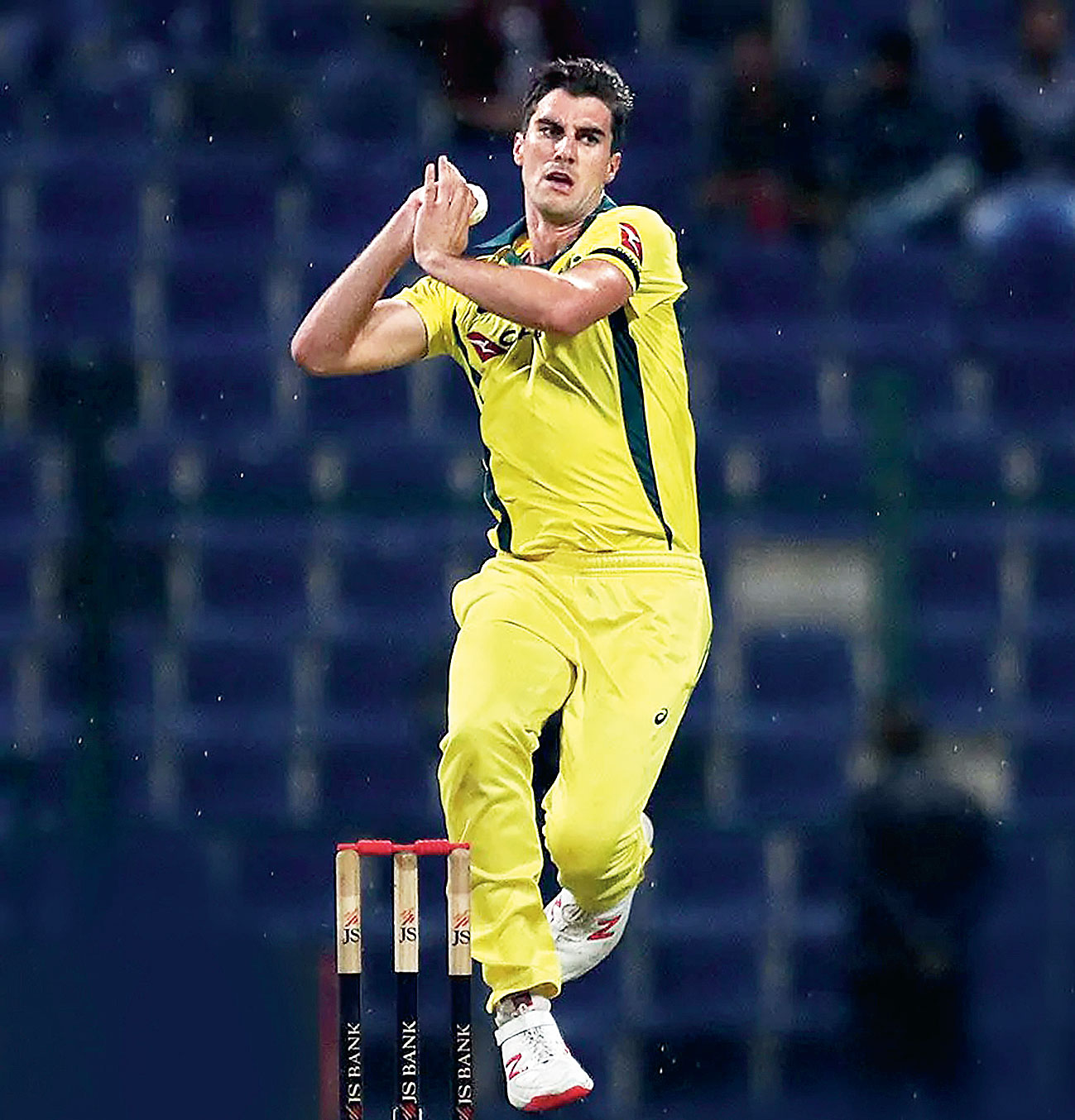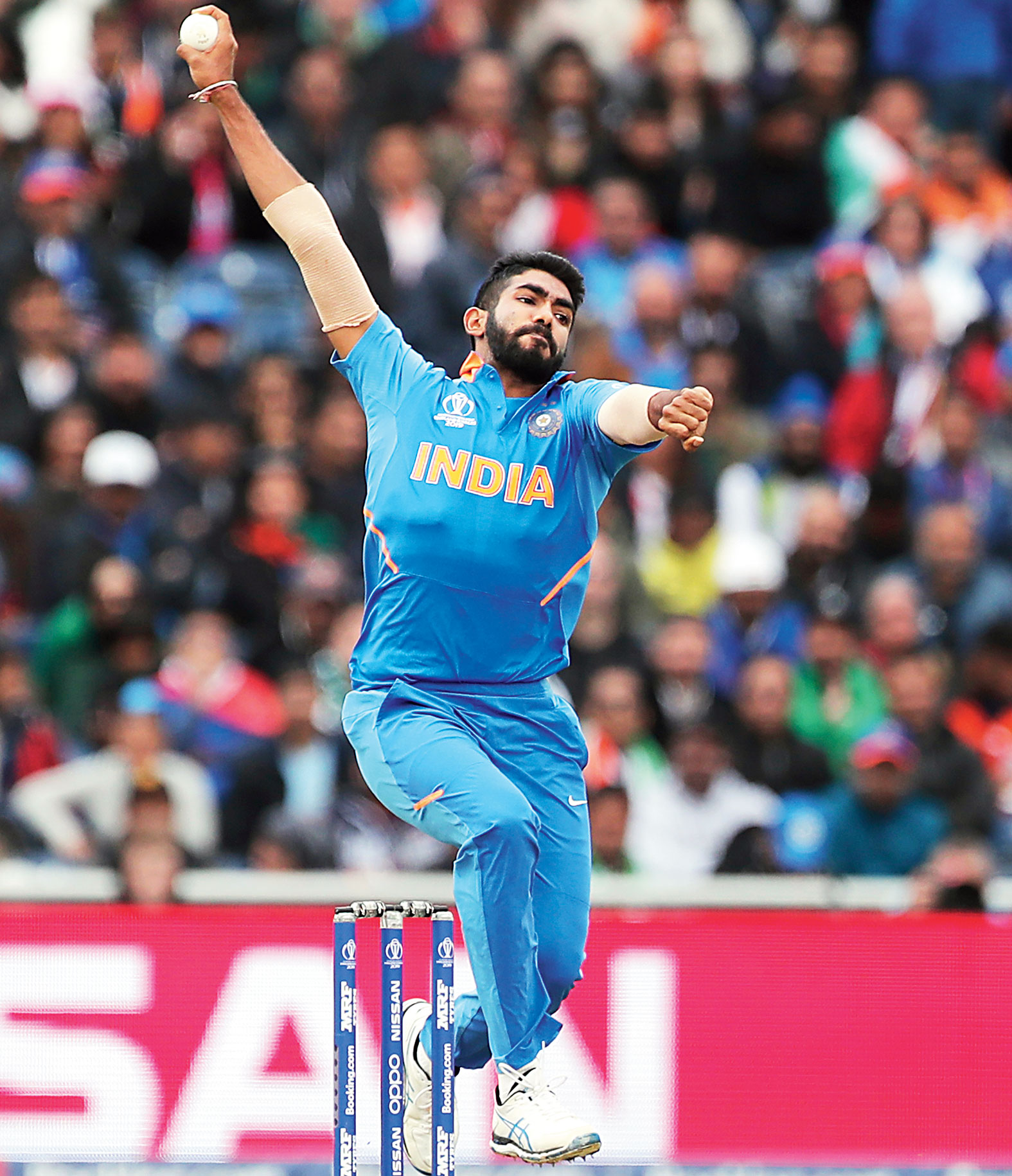Peripheral (Oxygen utilisation)
The primary goal of this method is to improve oxygen utilisation by the working muscles. Force, velocity contractile properties of muscles tend to diminish with fatigue and lack of oxygen supply. Therefore, increasing the cross-sectional area of the major muscles can allow better utilisation of oxygen. For this method, four key movements (lower and upper body) can be used such as goblet squats, push-ups (scapula plane: elbows 45 degrees out), split squat and inverted suspension row. Each movement should be performed slowly for minimum eight to 10 repetitions for three to five sets, the load should be relatively low.
Expert tip: Use movements that allow optimal motion around shoulders and hip complex with a relatively stable torso to transfer weight.
Kaushik Talukdar is founder and CEO of Athlete Institute (www.athlete.institute) and has successfully prepared hundreds of national and international level cricketers. You can reach him at kaushik@athlete.institute or follow him on Twitter @coachkaushik

Pat Cummins (AP)
Fast bowling is an extremely difficult task. It is considered to be one of the most demanding activities in the world of sport. Global Positioning System (GPS) — based on time motion analysis — reported that fast bowlers in Test matches can cover 22.6km (total distance in a day) with 1.4km at sprinting intensities compared to 13km and 5.5km in One Day and T20 matches respectively. But in T20 matches, a fast bowler can sprint 42 times with a mean and maximal sprint distance of 17m and 51m respectively. Due to the prolonged high-intensity efforts, non-contact injuries such as hamstring strains and lumbar stress fractures have been reported among fast bowlers. Therefore, optimal physical preparation and recovery are vital aspects of fast bowling.
Multiple bio-motor qualities such as relative strength, endurance, vertical and horizontal power, speed, change of direction/agility and mobility play an important role in overall physical preparedness for fast bowlers. However, this article will focus on the endurance side of physical preparation because the ability to perform high-intensity work bouts and recover between the bouts are crucial elements of fast bowling.
Endurance training for fast bowlers include both aerobic and anaerobic types of training. Various training methods can be used, such as long- and short-interval training, repeated sprint training and peripheral-based training (oxygen utilisation), to improve overall endurance levels of a fast bowler.
It should be noted that specific information regarding a bowler’s fitness levels and training plan can be provided only after a thorough evaluation that includes bowling/fatigue index, resting and recovery heart rates, maximum aerobic speed, yoyo test scores and rate of perceived exertion scale (RPE). So this article will cover the general physiological parameters and training methods. Each training section also has an expert’s tip that will provide more insight into the methods. These methods are based on evidence (research: current literature) and also been successfully applied in real-world settings.
Long-interval training (running based)
The primary goal of this method is to improve aerobic capacity by improving cardiac output. Intensity used for long intervals are comparatively lower but with a longer duration of work with lower recovery between efforts, for example,
90-120s work @90-100 per cent maximum aerobic speed (MAS) with 60-90s recovery time (depending on the fitness level of the bowler). Increase repetitions gradually. For example, one to five repetitions in a week, then five to 10 repetitions.
Expert tip: Maintain the running cadence closer to bowling stride and use heart rate (70-80 per cent of max HR) and RPE (rate of perceived exertion scale of <8 out of 10).
Repeated sprint training
It is important to establish good sprinting mechanics before using this training method. This method is highly demanding on the joints and therefore optimal mechanics need to be addressed before adding volume. In this method, bowlers can sprint 25-30m at about 90 per cent max effort with 15s recovery between efforts for a total of six to eight sets in a session. Volume can be progressively increased to simulate the bowling loads (overs) during the pre-season.
Expert tip: Sprinting surfaces should be similar to the bowling surface to have the appropriate neuromuscular load.
Short-interval training
This helps to train aerobic power. The intensity is much higher compared to long-interval training, but the duration is much shorter. For example, 10-30s of effort using 1:1 to 1:3 work: rest ratio depending on the fitness level. Care should be taken when doing these sessions as they are demanding. Repetitions should be gradually progressed <20 per cent week to week for a novice. Various training tools can be incorporated such as shuttles or low demanding (on joints) explosive movements, like medicine ball throws and bodyweight 10-15s repeated jumps (movement technique to be prioritised).
Expert tip: If using shuttles then start with longer distances. That is, performing shuttles on a 50m space compared to 25m; shorter the distance more turns and more eccentric demands on the joints.

Trent Boult (AP)











